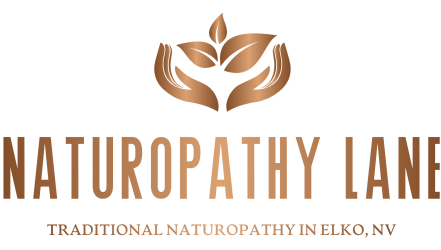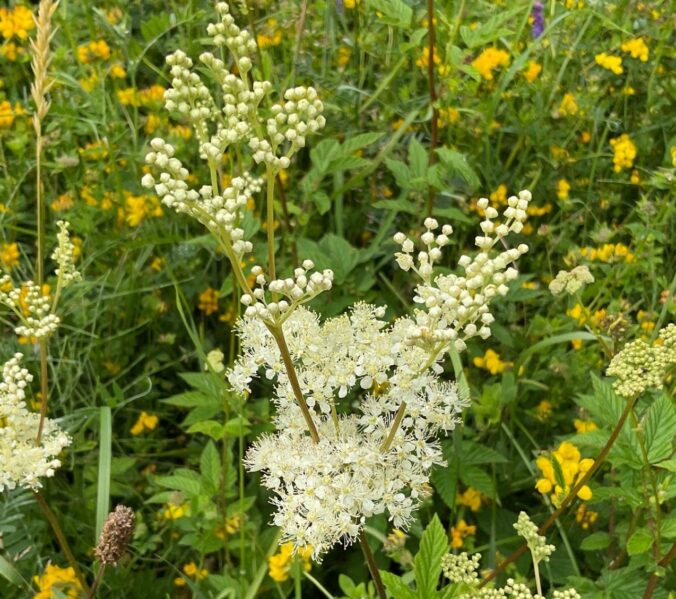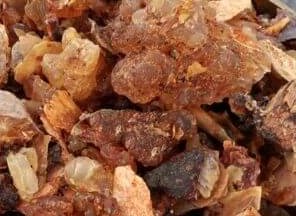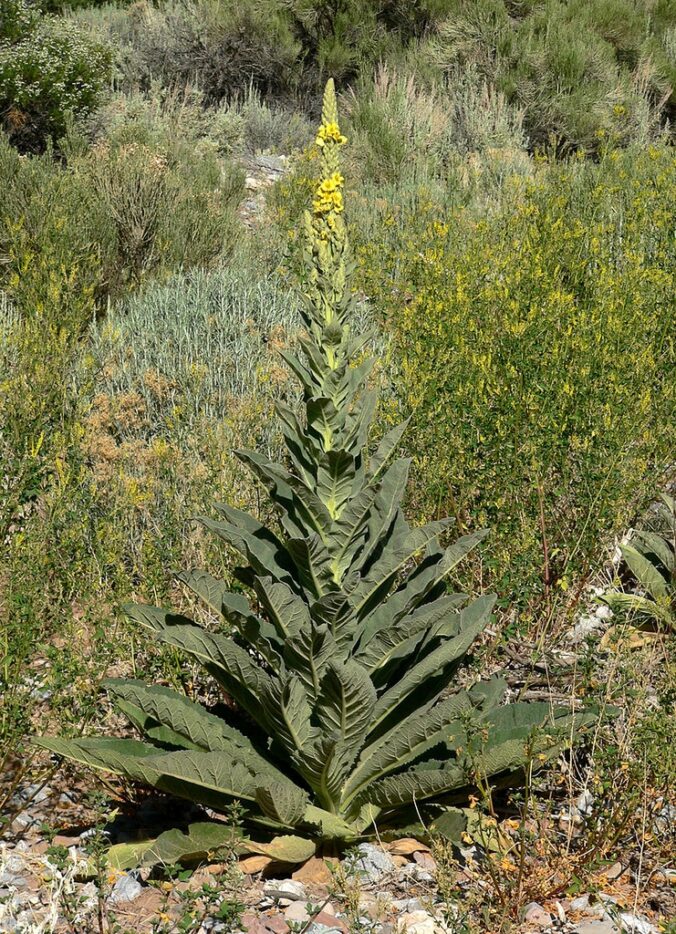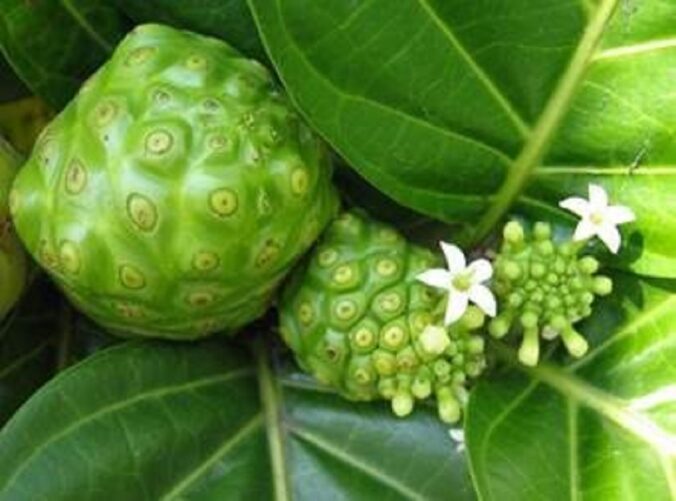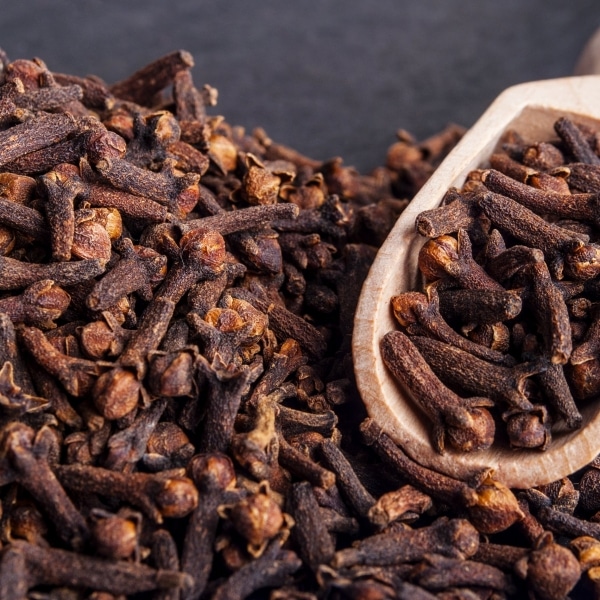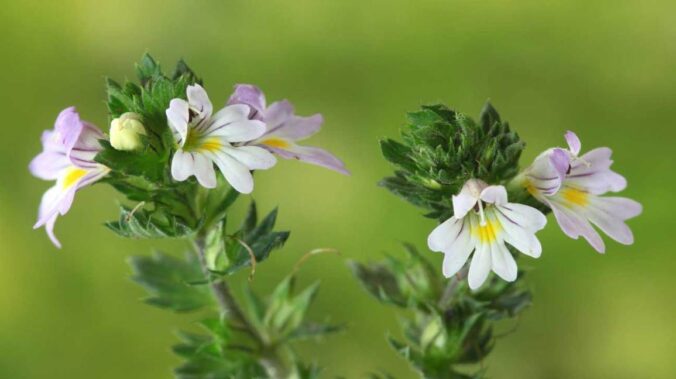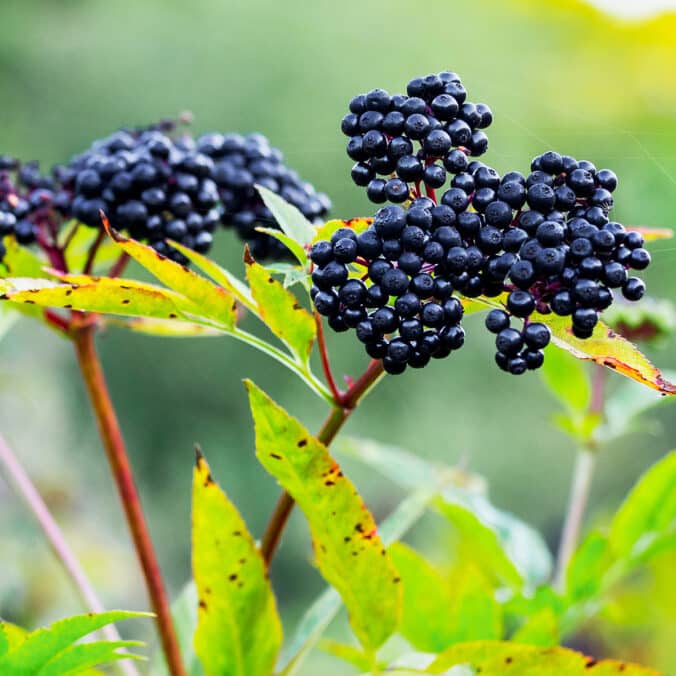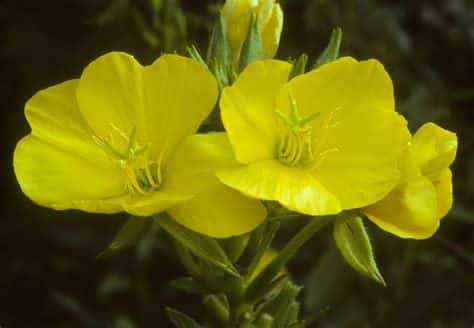Meadowsweet, scientifically known as Filipendula ulmaria, is a perennial herb commonly found in North America, Europe, and Asia. With its soothing properties, this herb has been used for centuries in traditional medicine systems such as Ayurvedic medicine and folk medicine. In this blog post, we will delve into the different species of meadowsweet, its constituents, mechanism of action, history in traditional medicine systems, dosages, contraindications, and possible drug interactions.
Species:
Meadowsweet belongs to the genus Filipendula and is commonly found in various parts of the world, including North America, Europe, and Asia. Some of the notable species include Filipendula ulmaria, Filipendula purpurea, and Filipendula comosa. The herb is commonly used for its medicinal properties, which can be attributed to the presence of various bioactive compounds.
Meadowsweet Mechanism of Action:
Meadowsweet has been found to interact with several biochemical pathways in the body, exhibiting various therapeutic effects. Some of the key mechanisms include:
Anti-inflammatory Activity: Meadowsweet’s anti-inflammatory properties can be attributed to its ability to suppress the activation of nuclear factor kappa B (NF-κB), a transcription factor that plays a crucial role in inflammation and oxidative stress responses. By inhibiting NF-κB activation, meadowsweet helps reduce inflammation. Analgesic Effects: Meadowsweet has been found to possess analgesic properties by interacting with the opioid system, which is responsible for regulating pain perception in the body. Antispasmodic Properties: Meadowsweet contains compounds that help relax smooth muscles, making it an effective natural remedy for gastrointestinal issues such as abdominal cramps and menstrual cramps. Antimicrobial Activity: Meadowsweet’s antimicrobial properties can be attributed to its ability to inhibit bacterial growth and biofilm formation. The herb has been found to exhibit activity against various microorganisms, including Staphylococcus aureus (MRSA) and Pseudomonas aeruginosa. Hormonal Balance: this herb contains compounds that may help regulate menstrual cycles and alleviate symptoms associated with menopause.
History of Meadowsweet in Traditional Medicine Systems:
Meadowsweet has been used in traditional medicine systems for centuries due to its various therapeutic properties. In Ayurvedic medicine, this herb is used to treat digestive issues, arthritis, and fever. In folk medicine, the herb is commonly used as a natural remedy for headaches, muscle pain, and menstrual cramps.
Dosages:
Meadowsweet can be consumed in various forms, including tea, tincture, or capsules. The recommended dosage of meadowsweet depends on the form being used. For tea, 1-2 cups per day is typically recommended, while for tincture, 5-10 drops can be added to a glass of water or another beverage.
Contraindications:
Meadowsweet is generally considered safe when consumed at appropriate dosages. However, it may cause gastrointestinal upset, skin irritation, and allergic reactions in some individuals. It is important to consult with a healthcare professional before incorporating meadowsweet into one’s health regimen, especially if you are pregnant or have a history of liver disease.
Drug Interactions:
Meadowsweet may interact with certain medications, including blood thinners, antidiabetic drugs, and drugs that suppress the immune system. It is essential to consult with a healthcare professional before using this herb if you are taking any prescription medication.
Meadowsweet is a herb with a long history in traditional medicine systems. Its various therapeutic properties can be attributed to its ability to interact with several biochemical pathways in the body, including the NF-κB, opioid, and hormone systems. By understanding its mechanisms of action and potential contraindications, we can better appreciate the wide range of health benefits offered by meadowsweet.
